
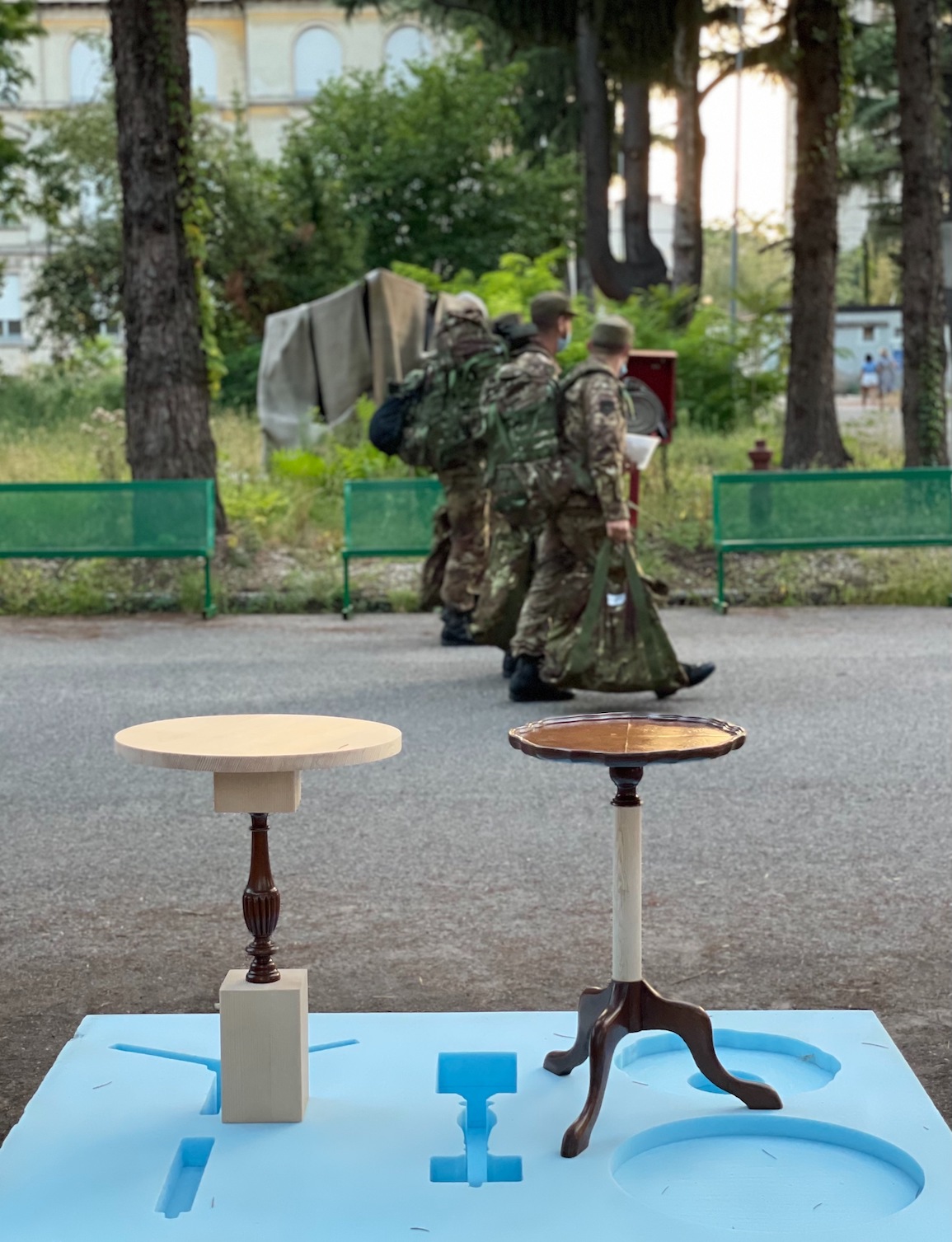
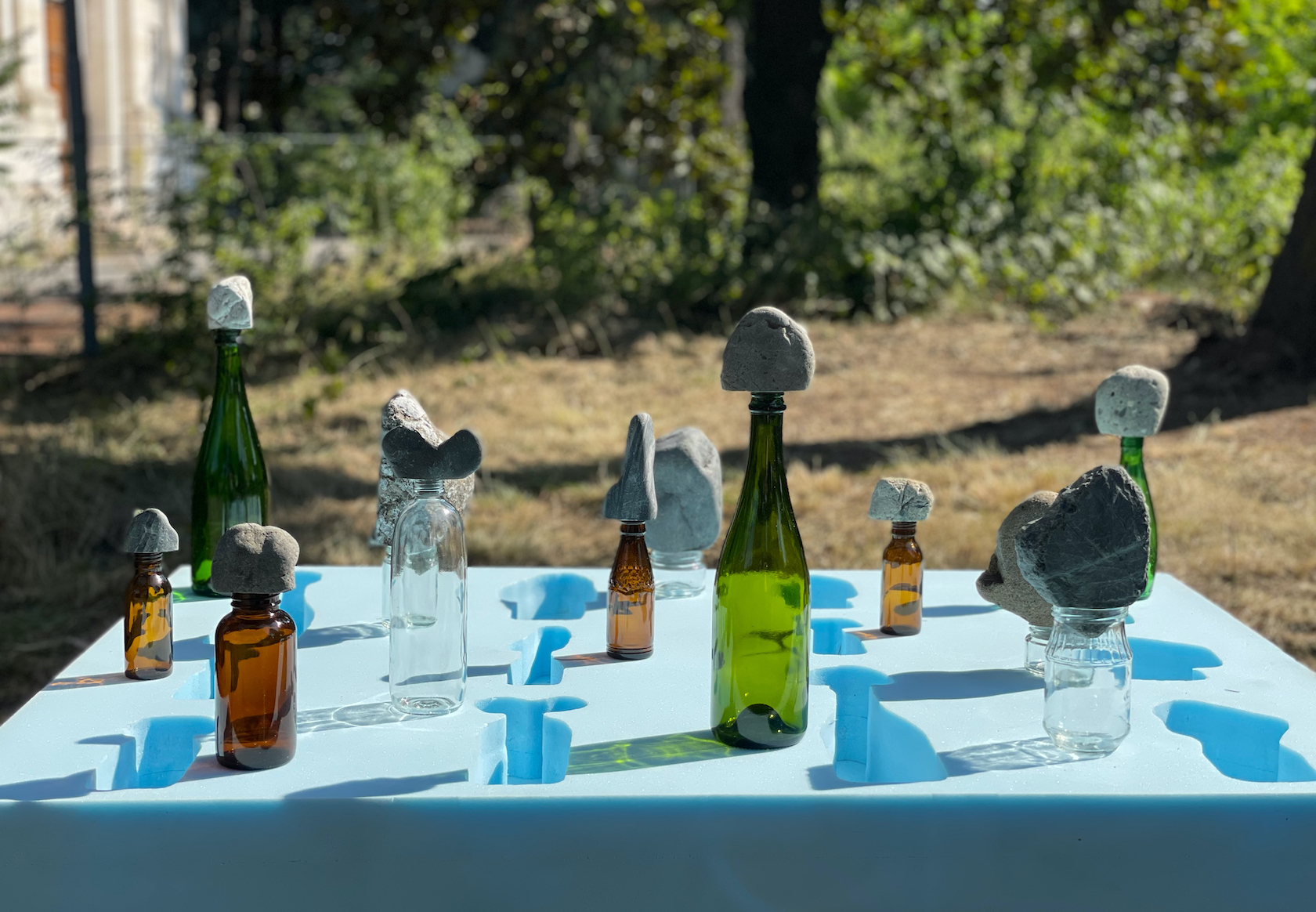

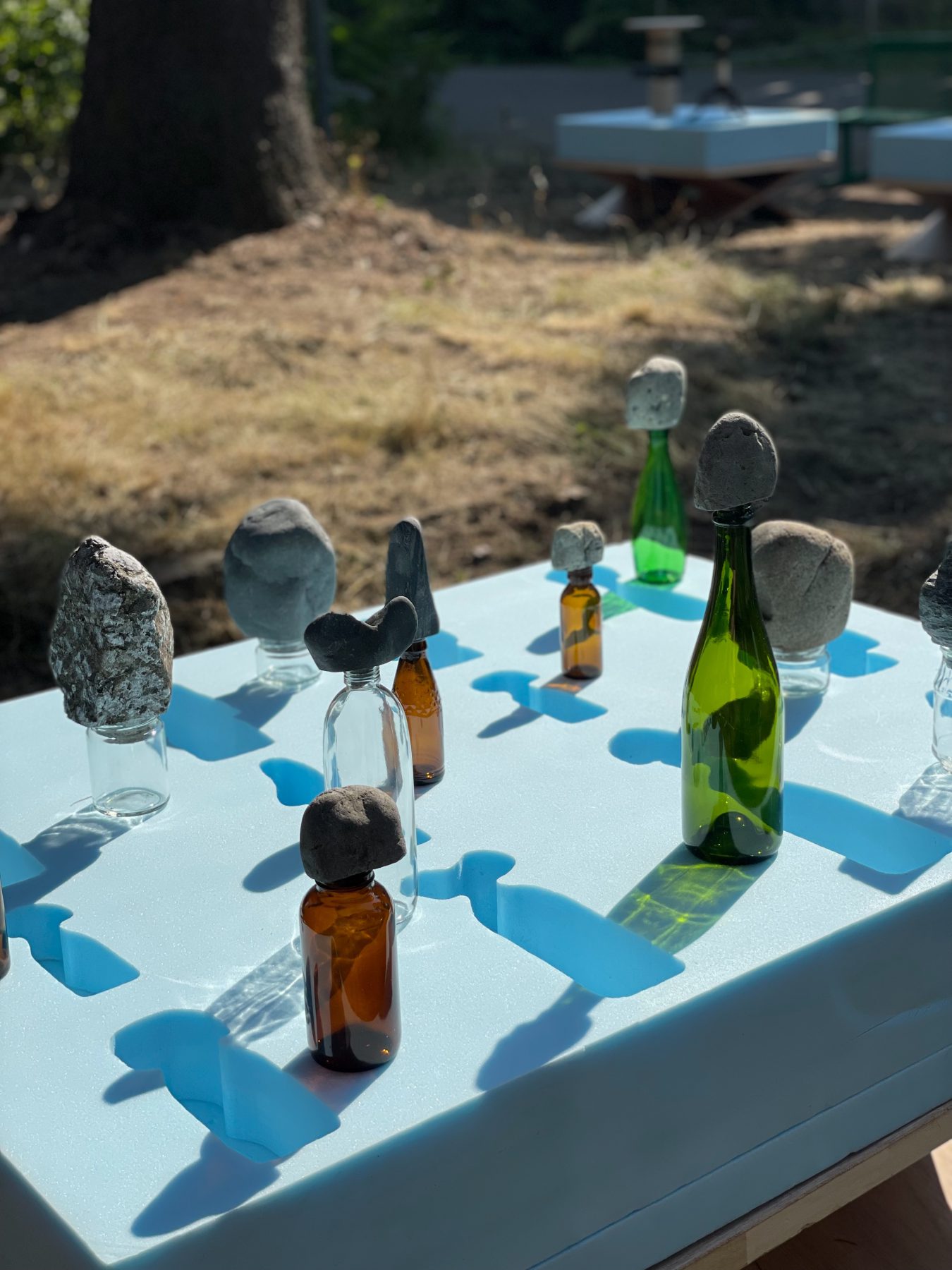
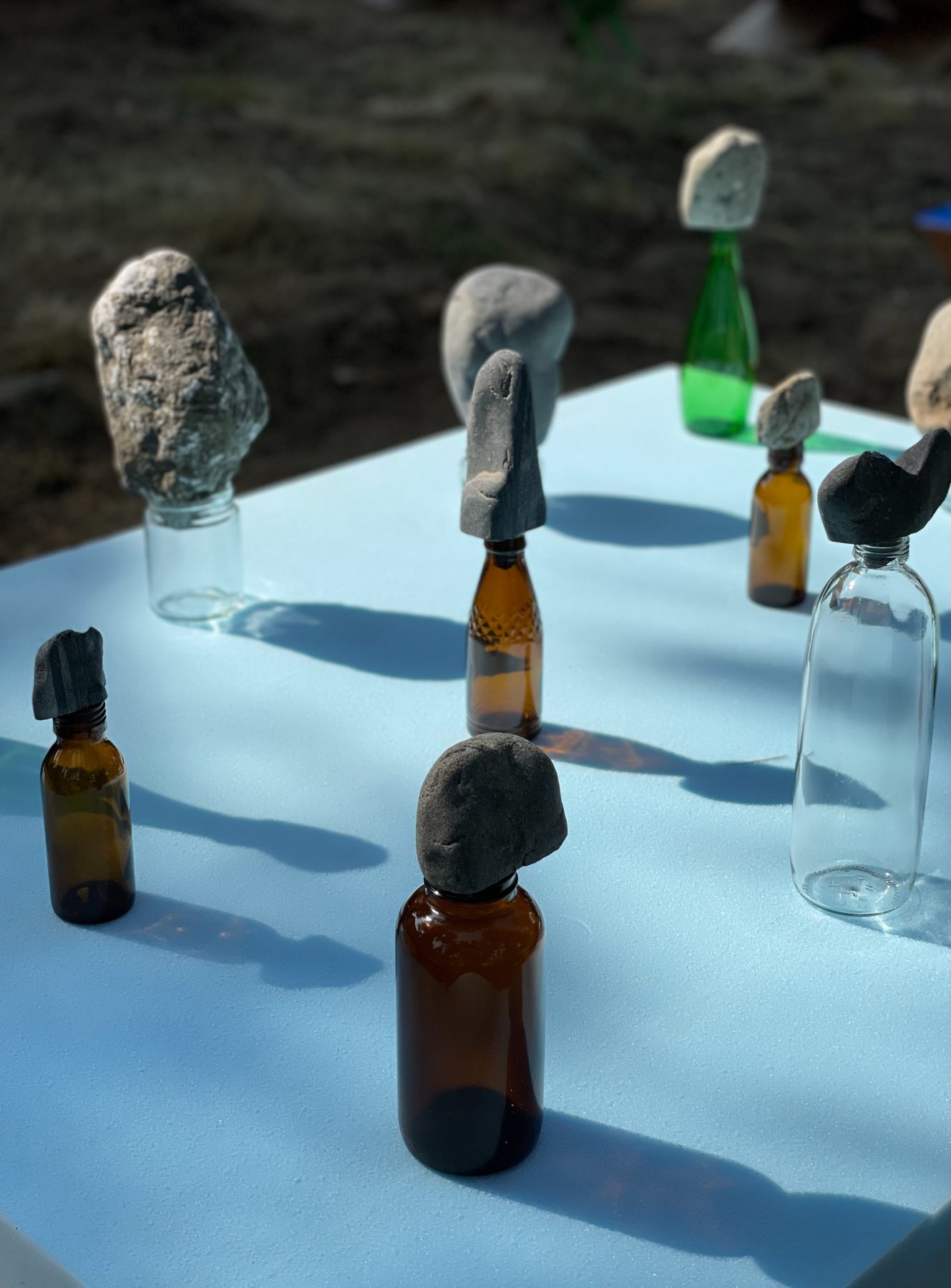
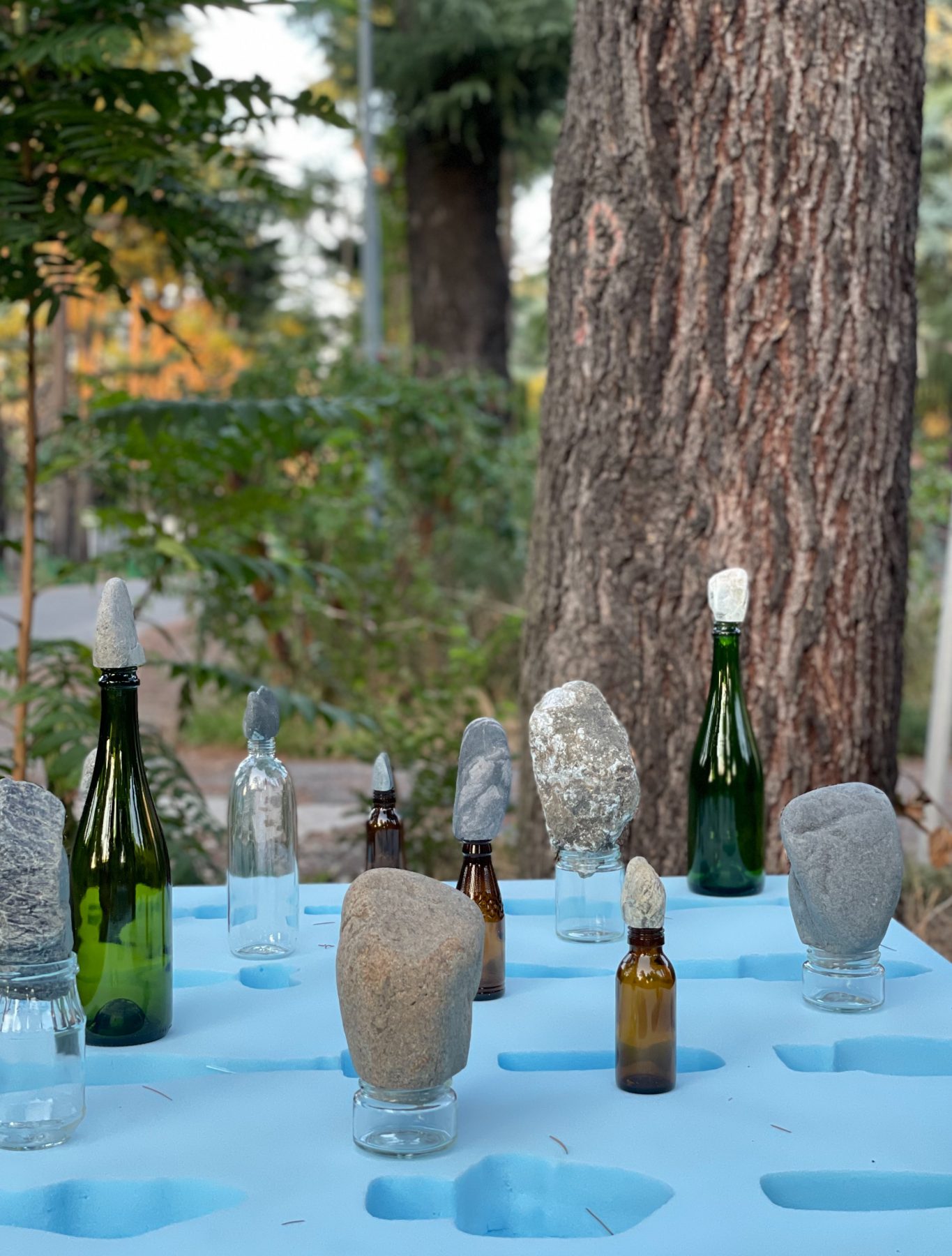
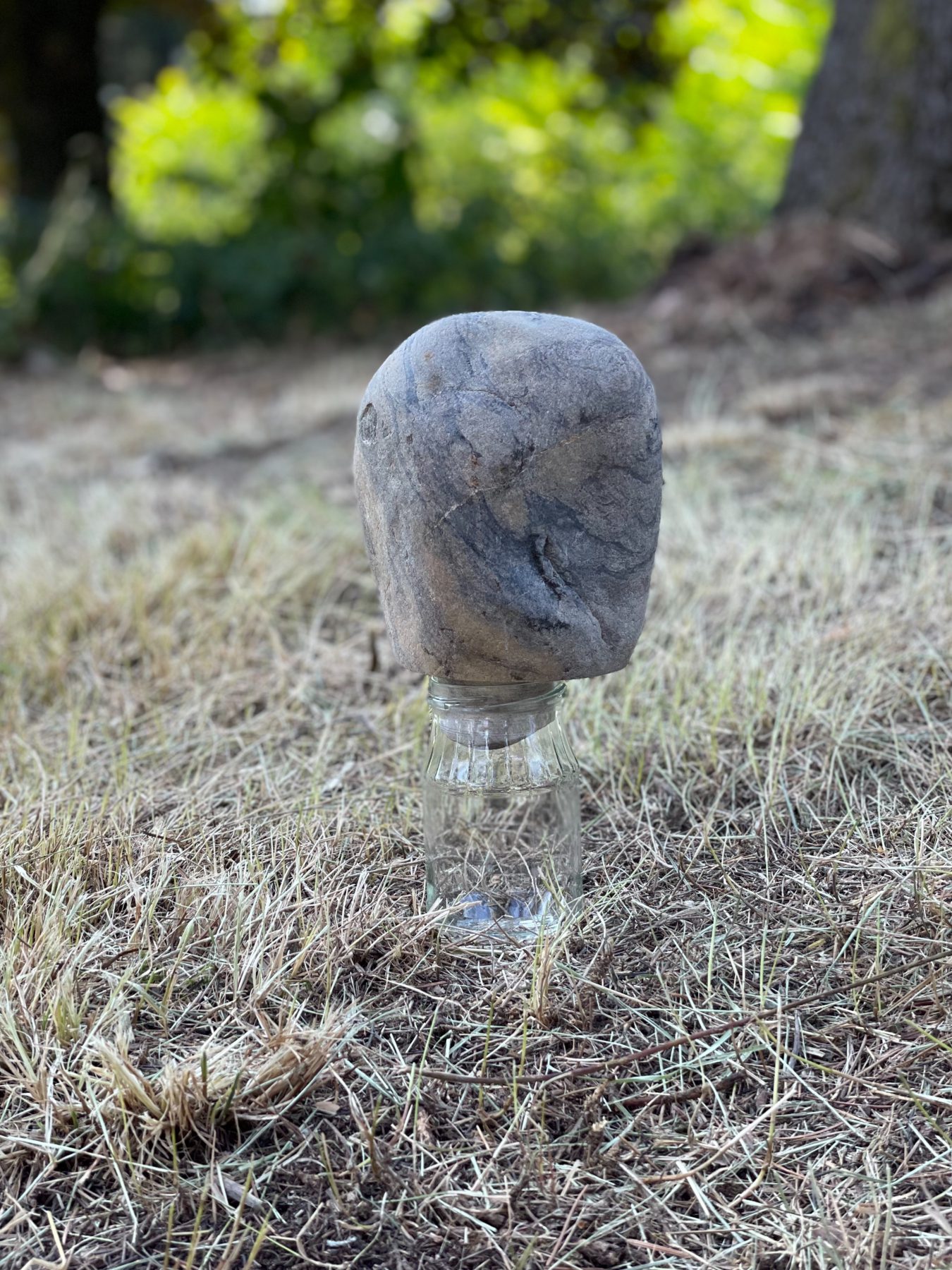
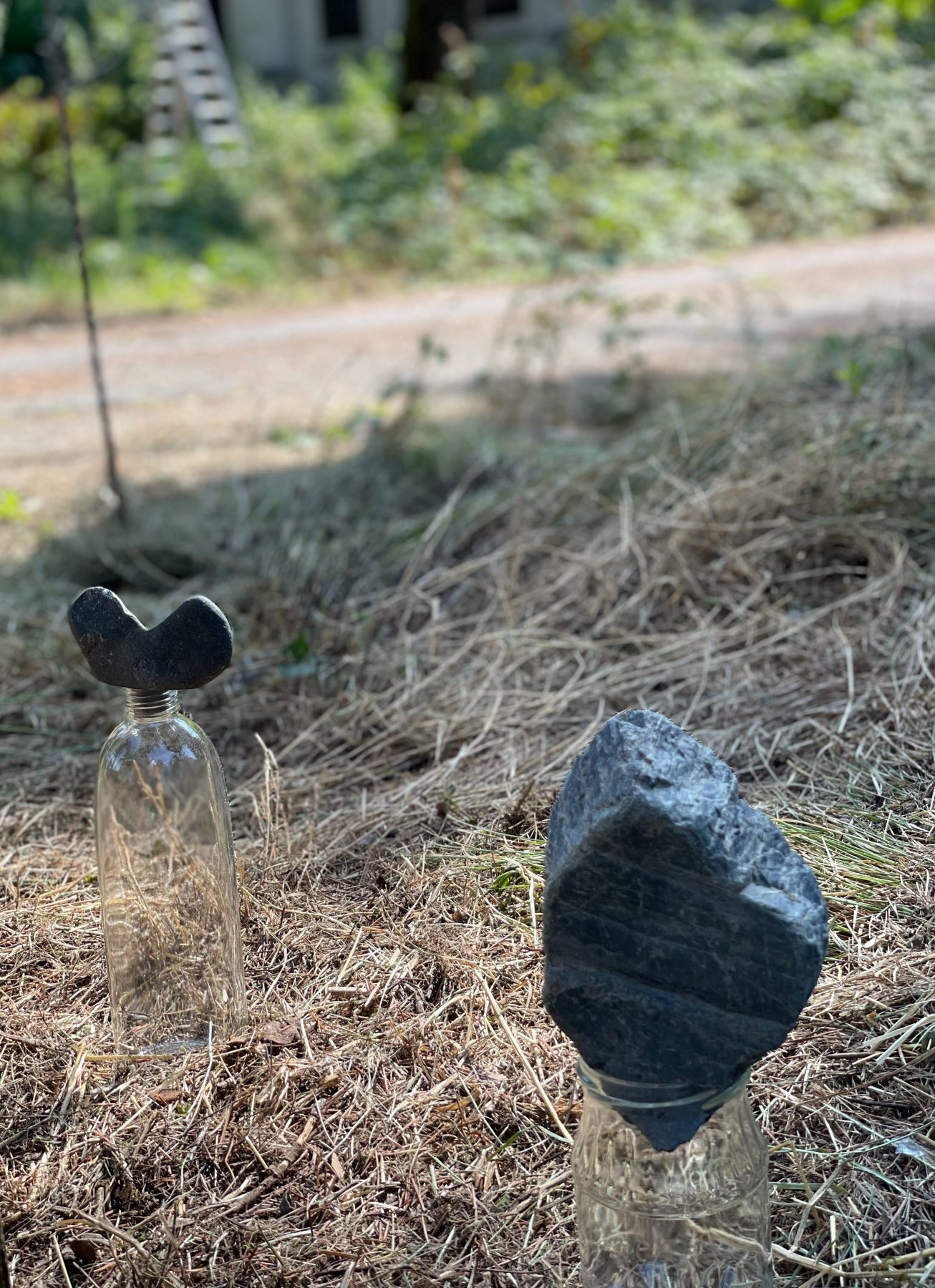
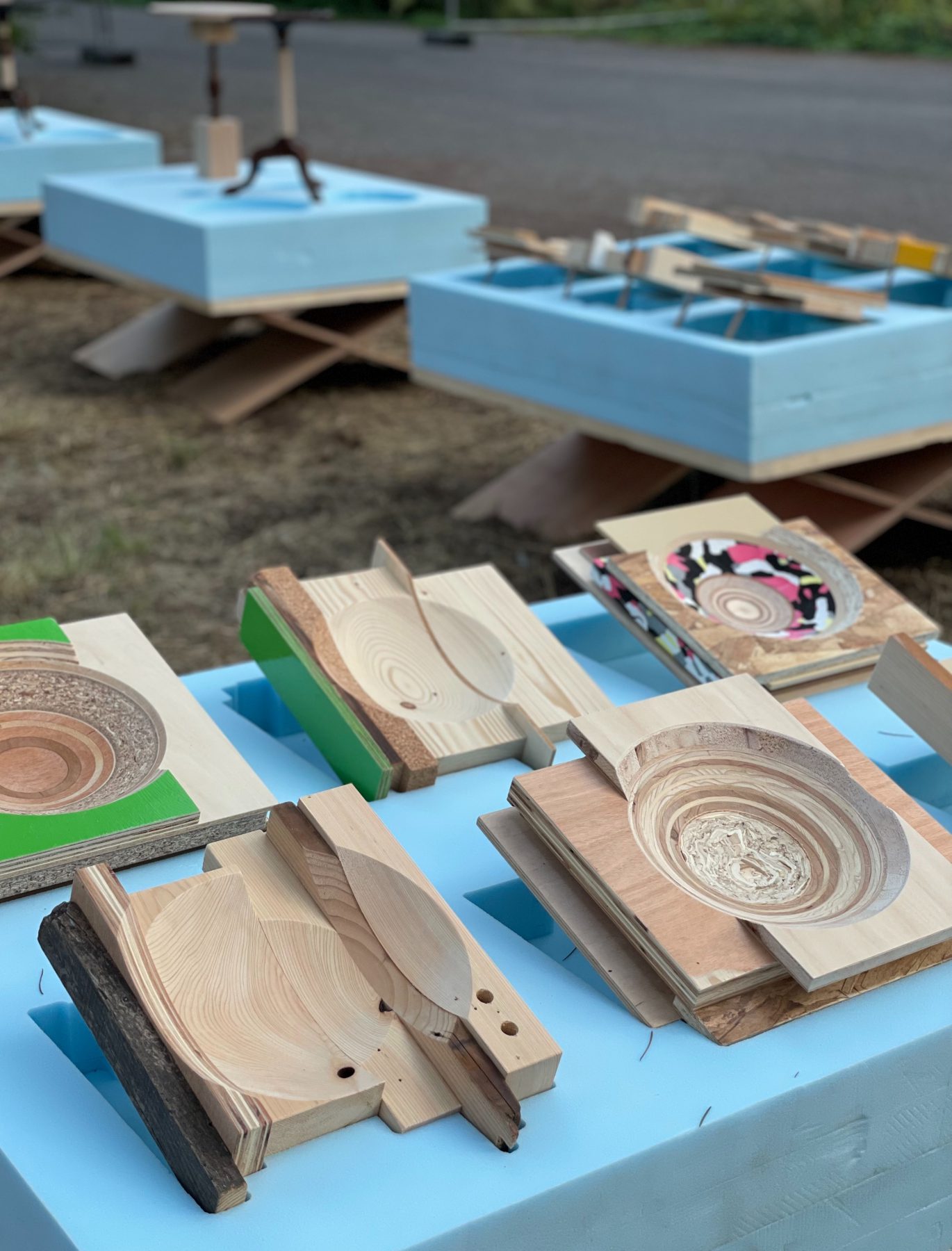
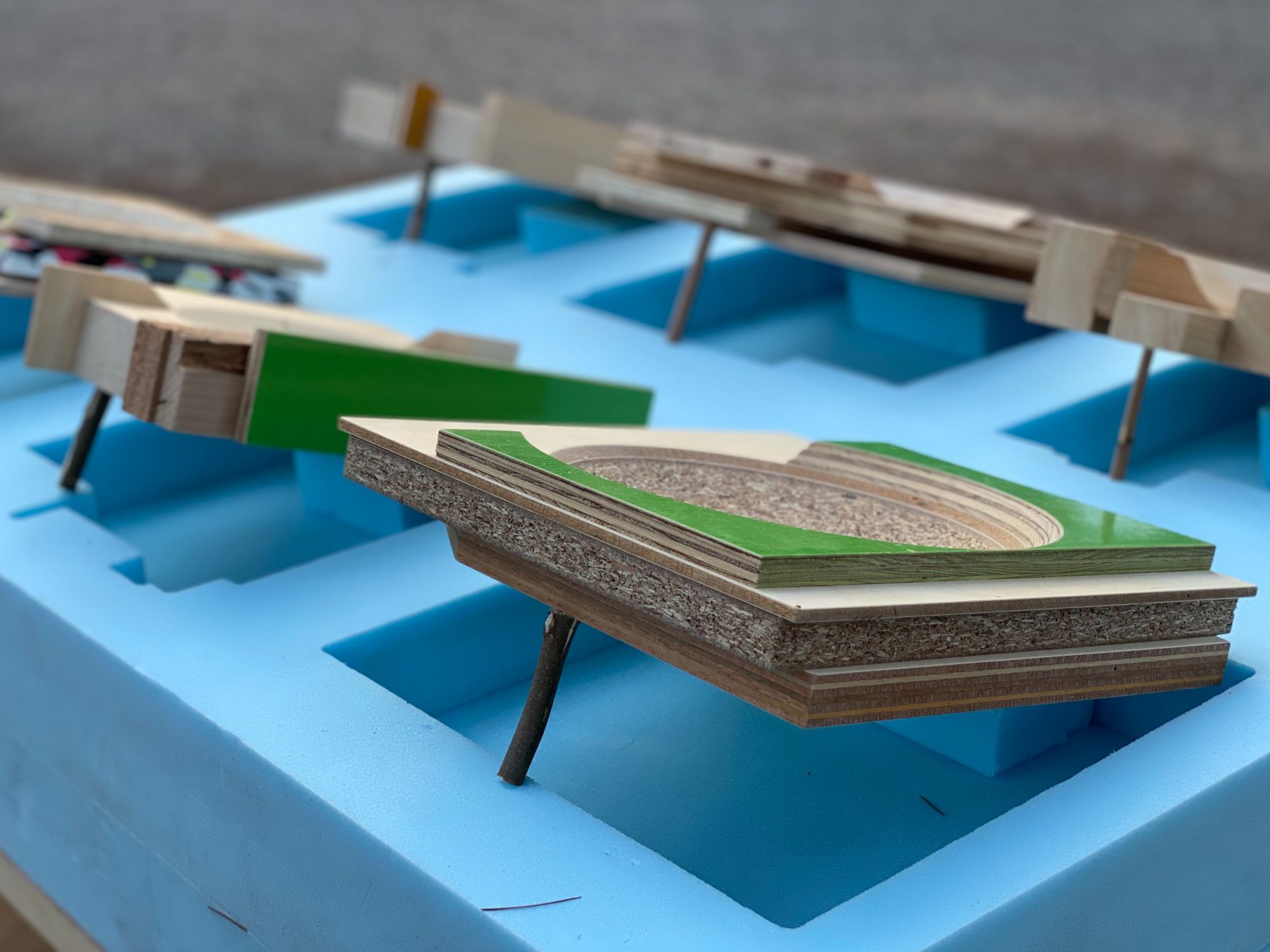
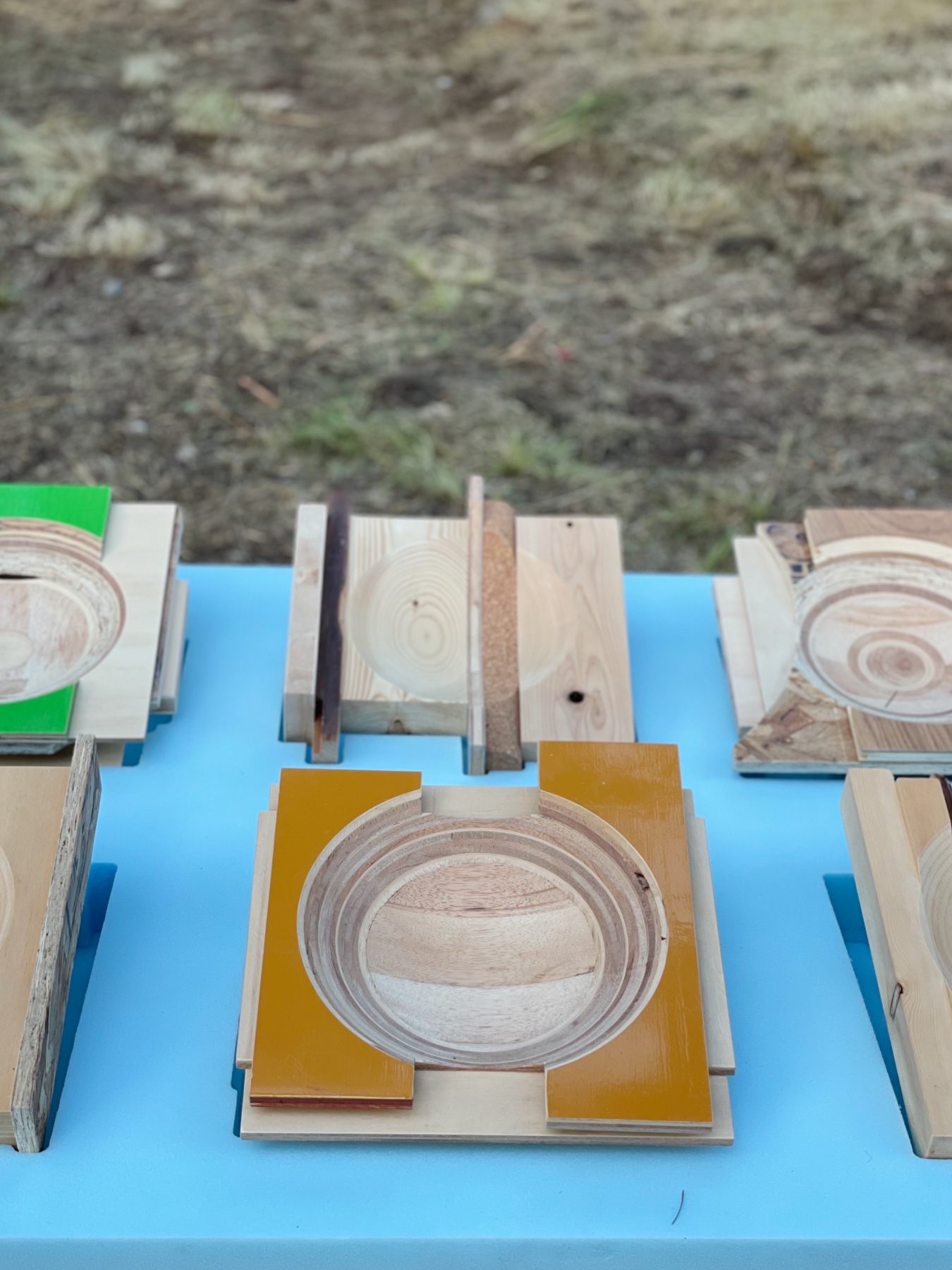
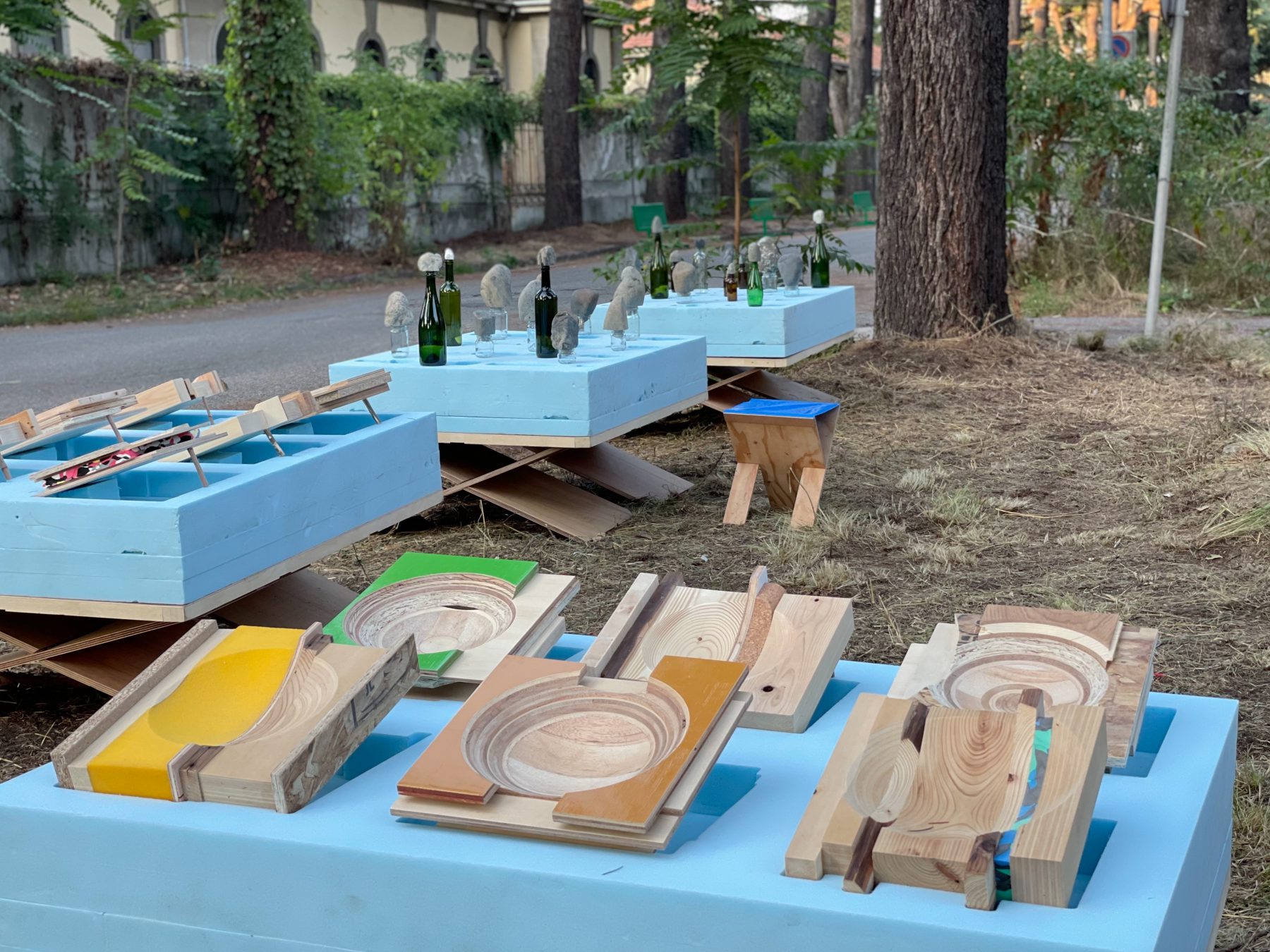
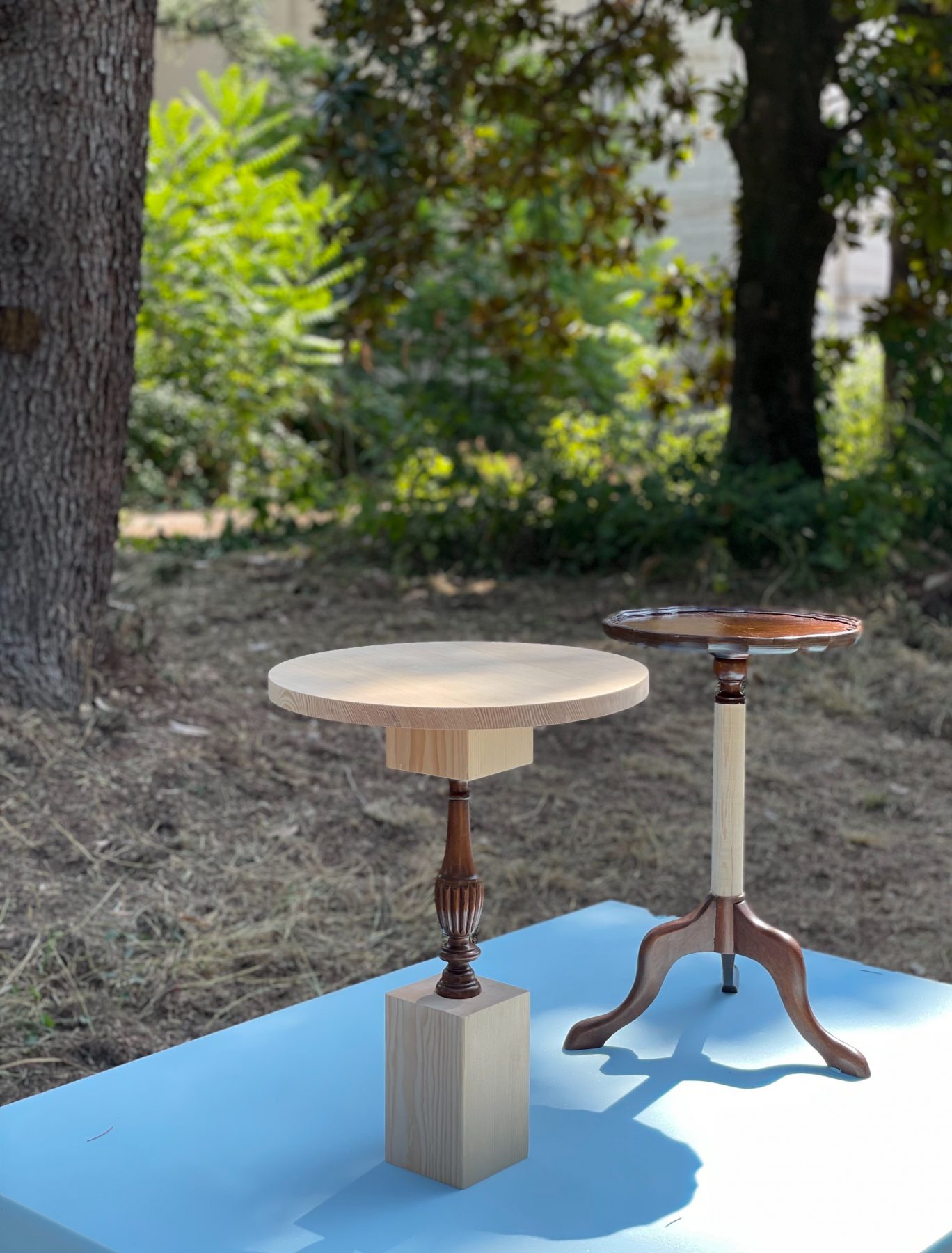
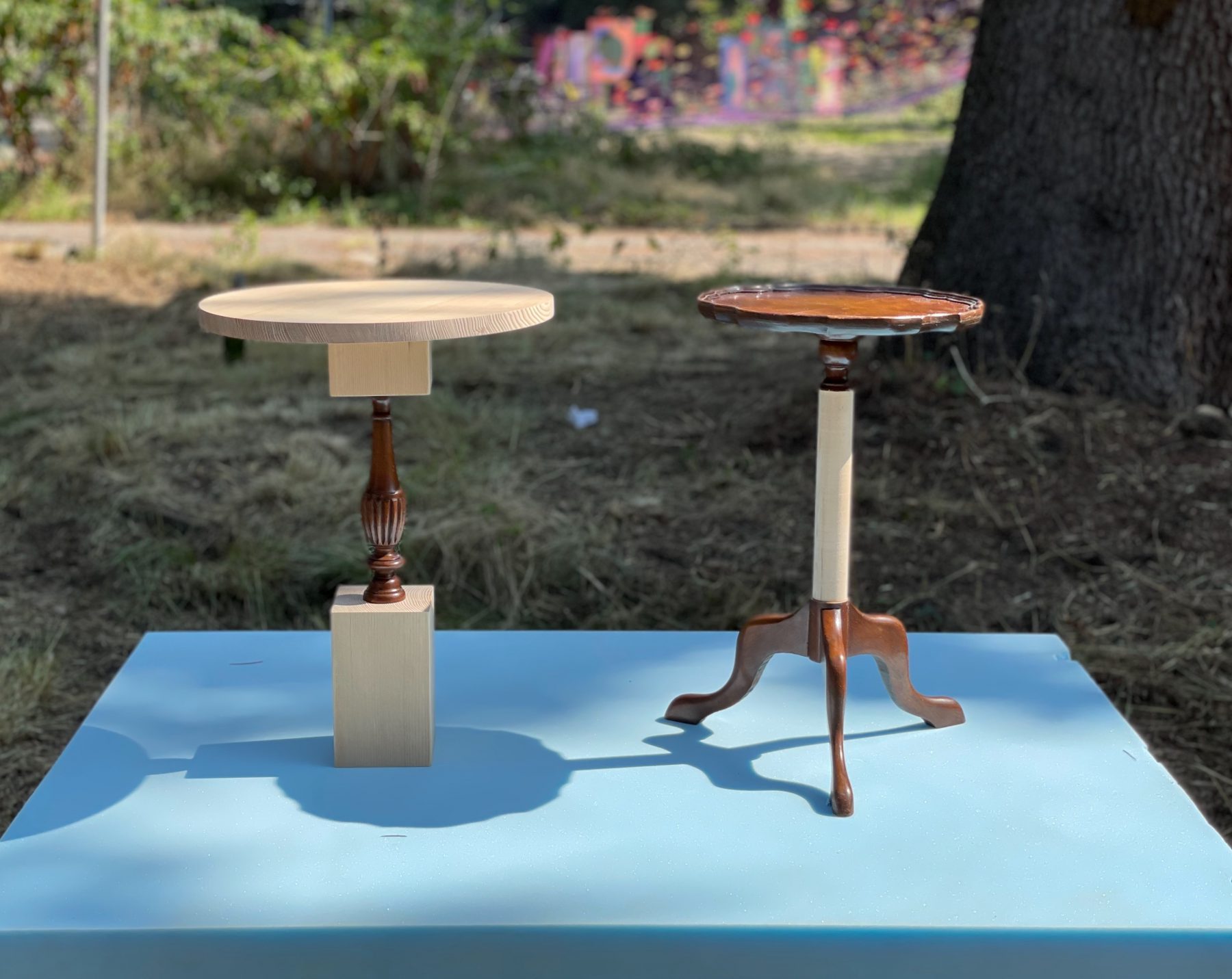
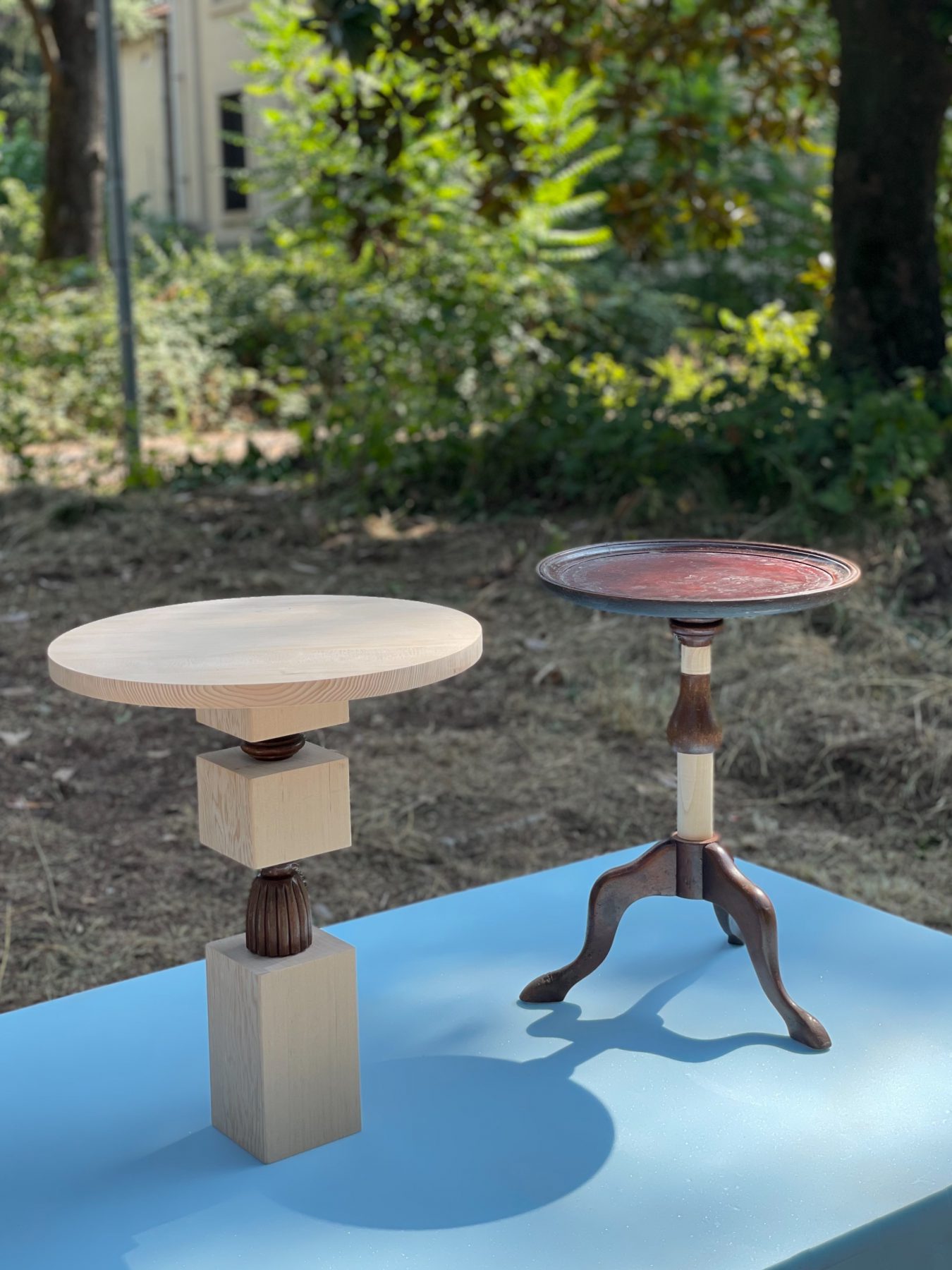
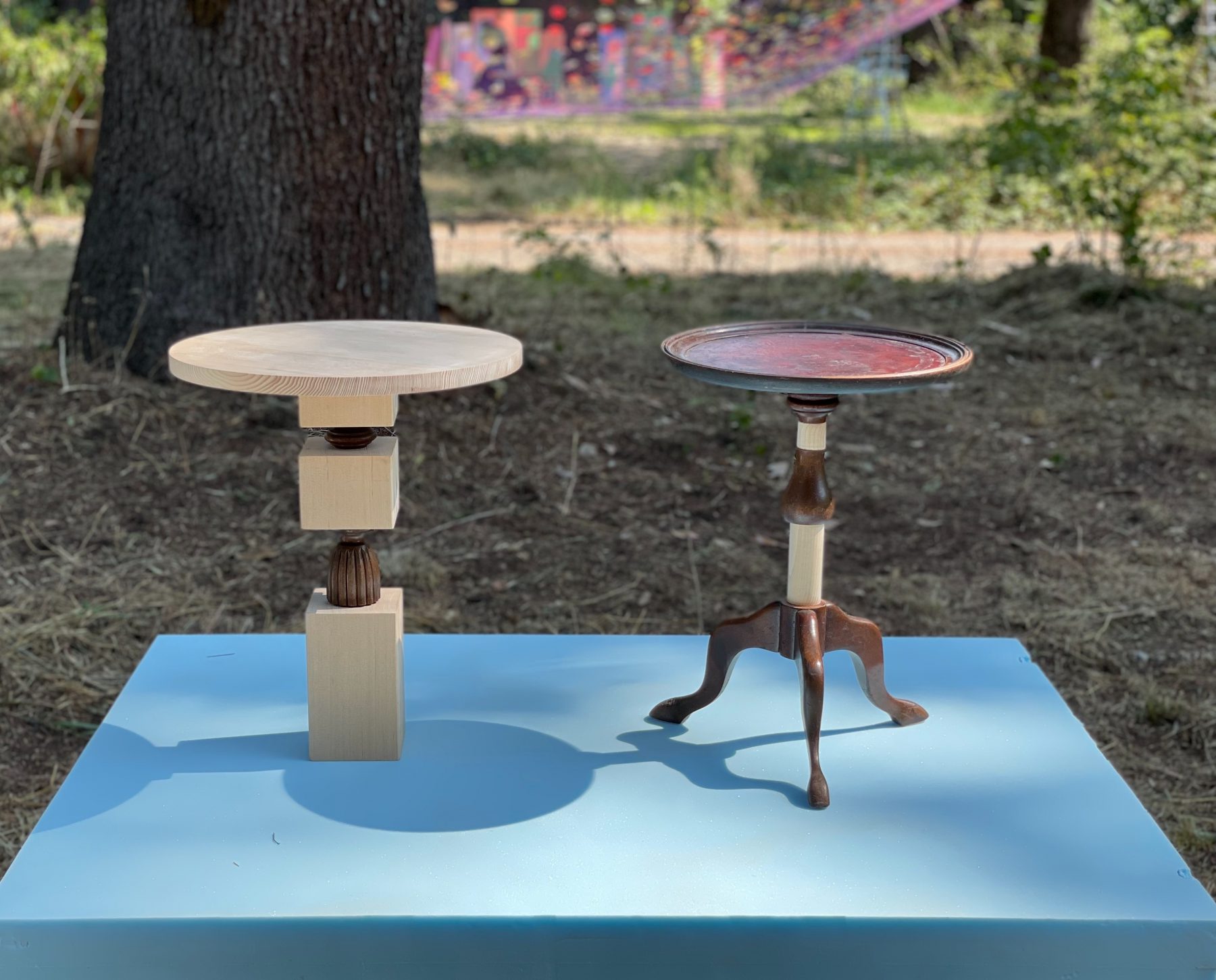
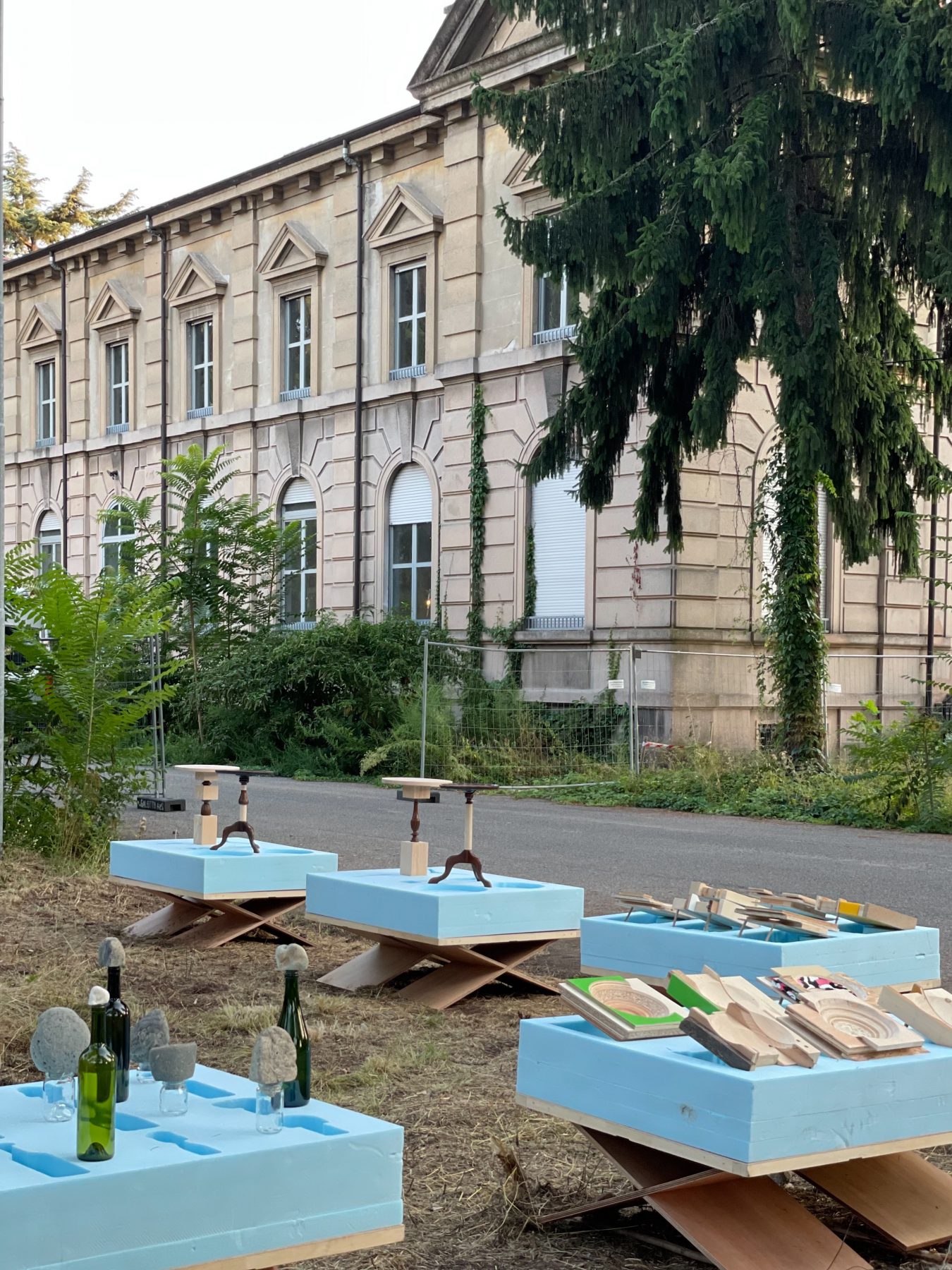
SENBAN/Salone del Mobile 2021
Humans have been creating all kinds of civilizations with rotational motion since the days of fire. From the development of agriculture through irrigation systems using windmills and water mills, to the evolution of food culture through flour milling, to the invention of factories and transportation equipment using steam engines powered by coal, rotary motion has developed along with human evolution. In the midst of all this, or rather in the midst of such vertically-oriented evolution, we have developed a new and fun method of rotational processing through horizontal, or sideways, evolution.
An Architects Jo Nagasaka, Schemata Architects (Design), designed a way of rotational processing and the design created by it, and Narutake Fukumoto, TANK (Product Realization), a construction company, created a processing machine to realize it, and even produced the product. Schema and TANK usually work together in architectural design and construction, and this work was a result of the collaboration between these two companies.
Lathe processing is the process of cutting by rotating the workpiece, and if it is not round enough for basic cutting, it will bounce back and cannot be processed properly. When I was involved in the design of the Japanese Pavilion at this year’s Venice Biennale, I wanted to join the scaffolding material, a single tube (48.6Φ), to an old square timber of varying sizes, and in order to cut the square timber without it bouncing, I rotated it in the same direction as the rotation. In order to cut the wood without it being bounced, I decided to use a circular saw rotated in the same direction as the rotation to cut the wood to 48.6Φ. I used this method to make several pieces of furniture, such as tables and benches, and set them up at the venue. This courageous circular saw lathe, which cuts the desired shape without being disturbed by the shape of each object, is quite interesting. It tickles my curiosity.
So this time, we made three types of lathe machines, each of which produced multiple works.
An object is rotated in a certain direction, and a circular saw, rotated in the same direction as the rotation, is moved in the X direction while approaching the object in the Y direction to form a cylinder. The work was created for the Venice Biennale 2021, where I processed an existing coffee table to create the Twins.
When an object rotating at right angles to the object’s rotation is brought close to the object in the Z direction, the object is sliced as it rotates, and the result is hollowed out into a bowl. This time, I made two types of objects to be processed: one is a piece of scrap wood from TANK, and the other is a vertical piece.
The object to be processed was cut into a cylindrical shape by rotating the object and bringing the object rotating in the right angle direction closer to the object’s XY direction.
Data
Title: SENBAN/Salone del Mobile 2021
Date: September 4th – 12th, 2021
Location: Alcova Outdoor Area A3 / VIA SIMONE SAINT BON 1 MILANO
Design: Jo Nagasaka (Schemata Architects)
Product Realization: Naritake Fukumoto(TANK)
Photo credits: Schemata Architects